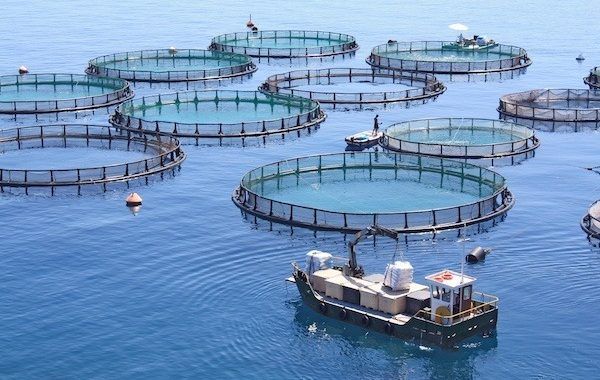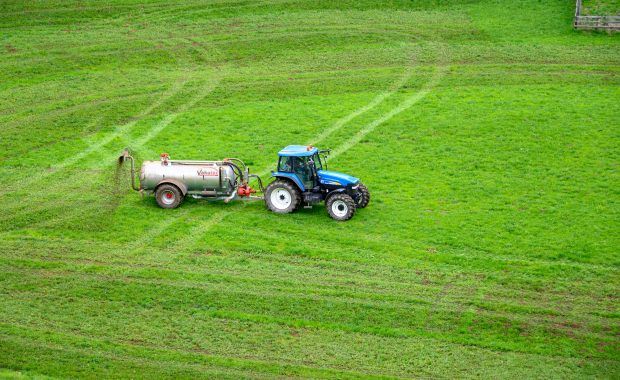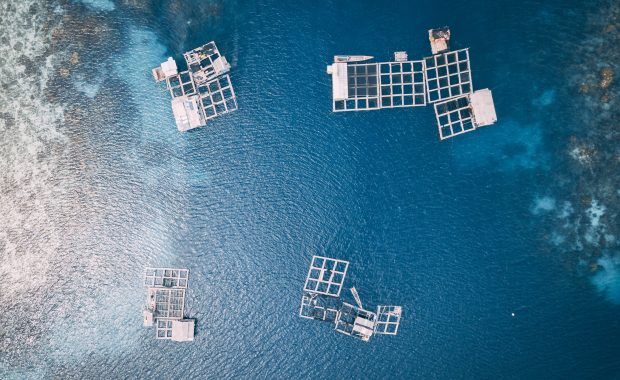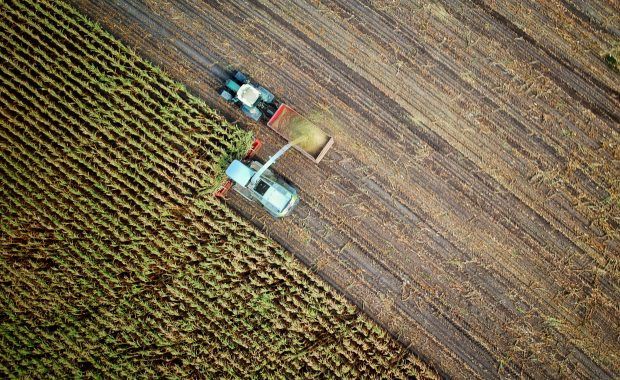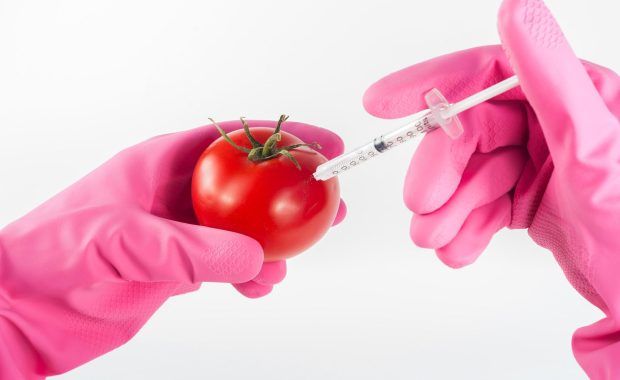Meeting growing global demand for protein in a sustainable manner represents a huge challenge for the fishing industry. Could floating offshore aquaculture platforms capable of generating their own renewable energy be the solution? Impressive strides have been made in aquaculture in recent years. Nonetheless, expanding marine fish farming in coastal waters can be challenging. “There […]
Read MoreCommission proposes fishing opportunities for 2023 in the Baltic Sea in an effort to recover species
The European Commission adopted its proposal for fishing opportunities for 2023 for the Baltic Sea. Based on this proposal, EU countries will determine the maximum quantities of the most important commercial fish species that can be caught in the sea basin. The Commission proposes to increase fishing opportunities for central herring and plaice, while maintaining the […]
Read MoreTemporary short-term derogation agricultural policy rules
Following a request from EU Member States, the Commission is proposing a temporary short-term derogation from rules on crop rotation and maintenance of non-productive features on arable land. The impact of such measure will depend on the choice made by Member States and farmers, but it will maximise the EU’s production capacity for cereals aimed […]
Read MoreCommission proposes to temporarily scrap tariffs on goods used to produce fertiliser
The Commission proposed last week to suspend tariffs on inputs used for the production of nitrogen fertilisers until the end of 2024. The objective of this proposal is to help alleviate costs for EU fertiliser producers and EU farmers. The EU market for certain nitrogen fertiliser inputs depends significantly on imports from third countries, with […]
Read MoreMinisters discuss agri-food market situation and agree to boost EU aquaculture
Common Agricultural Policy (CAP) Ministers discussed the implementation of the new CAP and the approval of strategic plans. They exchanged views on the preparation process at national level and stressed the need to have the strategic plans approved as soon as possible. Ministers also discussed the impact of the Russian war against Ukraine on the ongoing implementation of the new green […]
Read MoreNew EU rules prepare the ground for more use of organic and waste-based fertilisers
Thanks to the new EU regulation on fertilising products, which became applicable last week, the new rules will boost the role of the Single Market, help reduce the environmental impact of fertilisers, limit their risk on human health as well as reduce Europe’s dependency on imported fertilisers. New EU rules will soon make it possible to […]
Read MoreAgriculture and Fisheries Council meeting to be held on July 18
EU agriculture ministers will meet in Brussels to discuss the recent Commission’s proposal on the regulation on the sustainable use of plant protection products and agree on a set of conclusions for the aquaculture sector. Ministers will also receive a presentation by the Czech presidency regarding its main priorities in the agriculture and fisheries sectors. […]
Read MoreEU fisheries and aquaculture to receive compensation for the war in Ukraine
MEPs agreed to provide financial help to EU fisheries and aquaculture sectors dealing with the economic consequences of the Russian invasion. MEPs adopted on Wednesday a deal with EU governments on providing EU fisheries and aquaculture sectors with financial support to alleviate the consequences of the war, by 620 votes in favour, 10 against and […]
Read MoreAntitrust: Commission confirms unannounced inspections in the online food delivery sector
The European Commission carried out unannounced inspections at the premises of companies active in the online ordering and delivery of food, groceries and other consumer goods in two Member States. The Commission has concerns that the companies concerned may have violated Article 101 of the Treaty on the Functioning of the European Union, which prohibits cartels and […]
Read More
